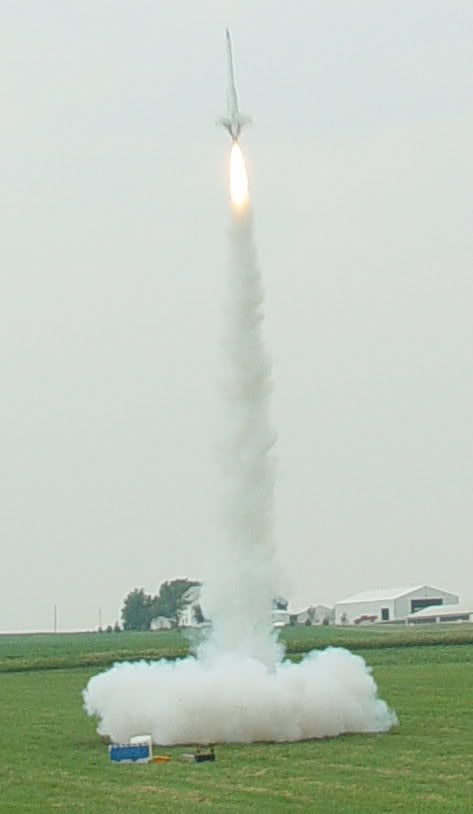uncle_vanya
Well-Known Member
- Joined
- Jul 5, 2006
- Messages
- 1,988
- Reaction score
- 0
I am a believer in wood glue where wood glue is as strong as the material employed. I have recently built and flown a tube fin rocket on an I300T in a dual deployment flight that ended in a crash.
The crash was NOT caused by airframe failure (postal tube) or fin/glue failure (more postal tube with wood glue). On impact with a 'chute acting as a streamer the rocket lost two fins due to delamination of the paper - the glue joint was intact.
However at the launch the RSO, LCO, and others had doubts about an I300 on wood glue. The RSO tugged and pulled on the fins and agreed they seemed secure and alllowed the launch. Boost was great and straight - deployment problems had nothing to do with the construction.
So my long winded question is... do you use wood glue for any HPR use and if so what's the upper limit of motor that you have used with a wood glued fin joint?
The crash was NOT caused by airframe failure (postal tube) or fin/glue failure (more postal tube with wood glue). On impact with a 'chute acting as a streamer the rocket lost two fins due to delamination of the paper - the glue joint was intact.
However at the launch the RSO, LCO, and others had doubts about an I300 on wood glue. The RSO tugged and pulled on the fins and agreed they seemed secure and alllowed the launch. Boost was great and straight - deployment problems had nothing to do with the construction.
So my long winded question is... do you use wood glue for any HPR use and if so what's the upper limit of motor that you have used with a wood glued fin joint?





